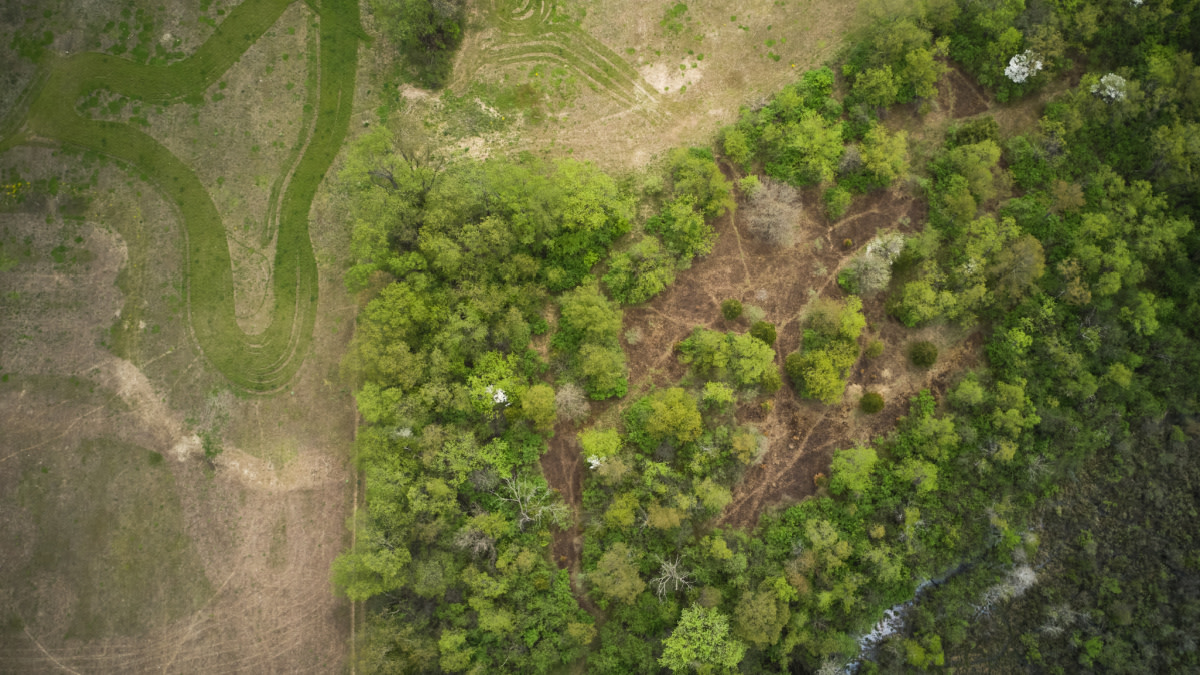
“Don’t miss the forest for the trees.” It’s a common saying used in conversation when someone is so focused on the details of an issue that they miss the big picture.
A similar affliction is present in many a whitetail hunter, but in our case the issue is becoming so obsessed with seeing deer or sign, that we forget to look up and consider the larger environment around us. You might say we miss the trees for the deer. This is a mistake.
To right this wrong, I’ve compiled a quick and dirty guide to identifying five of the top trees that whitetail hunters should know. Start here and then keep on going.
Why and How
“Being able to identify the major native trees in your woods is vital,” said Doug Duren, a mentor of mine and a Wisconsin land manager with over 40 years of on-the-ground experience.
Think about it this way, the most important information to wrap your head around in any given area is where deer bed, where they feed, and how they travel between the two. All of this can, and often is, dictated by the tree species present.
The key criteria when identifying trees are the bark, leaves, and if applicable, the mast produced fruits or nuts. Of these, leaves and mast might be the easiest to identify, but bark the most consistent. “It’s important to be able to identify bark because bark is the same 365 days of the year.,” said Kansas land manager and Identical Draw cofounder Nate Krick.
I’ve called out a few key characteristics for each tree in the summaries below, but be sure to supplement these descriptions with visual resources, or even better, one of the new mobile apps that deliver an ID based off a photograph. My tool of choice is the iNaturalist app.
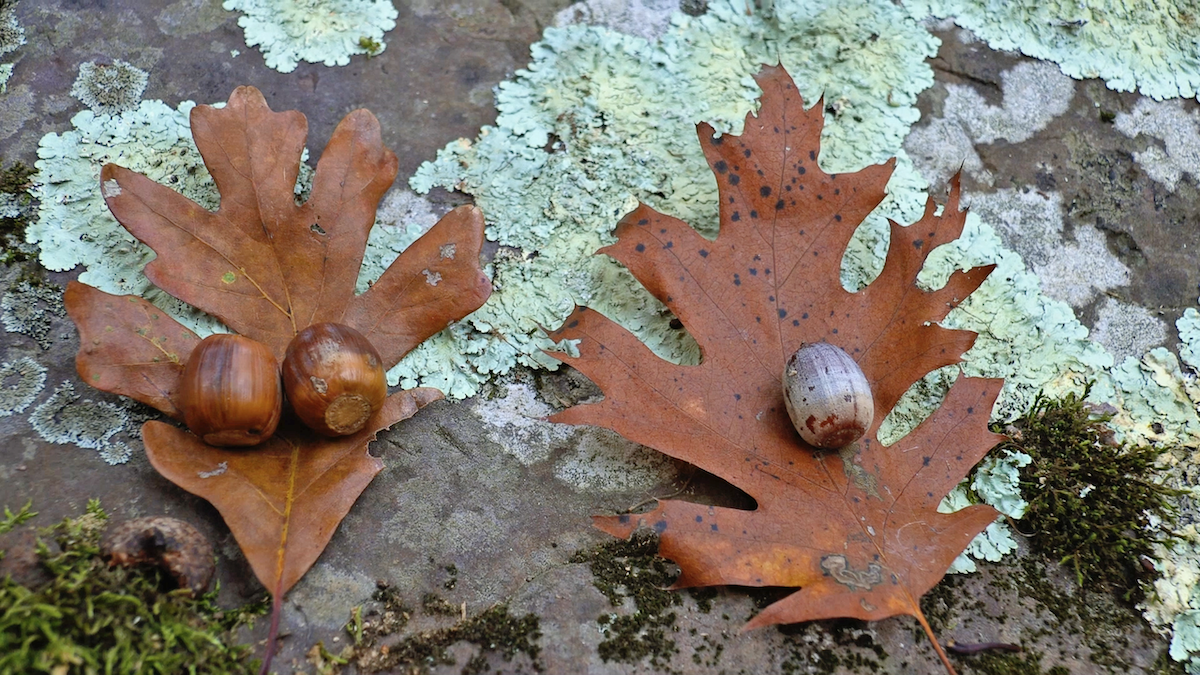
Oaks
No tree is more revered in the whitetail world than oaks, of which there are a multitude of types. Oak trees provide an array of food to local whitetails depending on their age and variety, Duren noted. “Red oak seedlings are a favorite browse for deer, while white oak acorns provide a favored mast crop.”
Different types of oaks have different schedules and frequencies for producing acorns, as well as different levels of preference among deer. Red oaks are typically more consistent acorn producers, but their acorns are less desirable to deer. On the flip side, white oak mast is more irregular but far more attractive.
When it comes to differentiating between the two most common oaks, the easiest identifiers are the leaves. Red oak leaves have pointed ends, while white oaks have soft, curved edges. The bark on a red oak, as described by Krick, is “gray with small narrow depressions, while white oaks are typically lighter tan or gray with thick ridges.”
Our buddy Clay Newcomb explains more identification tips in this video. In just three minutes, you’ll be able to confidently tell the difference between white and red oaks.
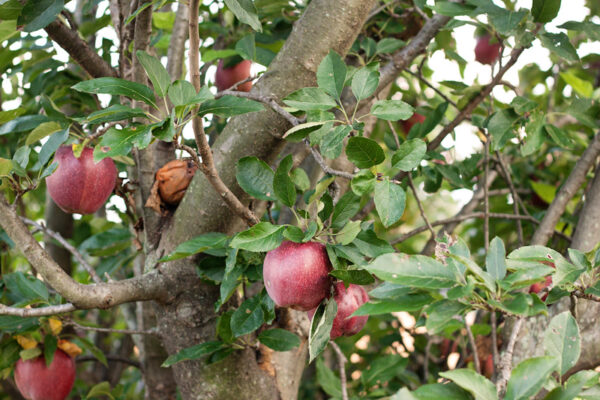
Apple
Apple trees come in many varieties, and in almost all cases they provide a good draw for deer. Where present, they’re like the ice cream truck of the whitetail world. The fruit these trees produce is highly desirable to deer, but they’re only available for short bursts of time.
Different species of apple trees, or even the same species on different years or in different areas, can produce different amounts of mast. It’s crucial to ID these trees and then return throughout the year to determine if they’re producing a crop and when that crop starts to drop.
Even without mast present, most apple trees can be identified by their characteristic scaly bark and short trunks that quickly branch into relatively low, but wide crowns.
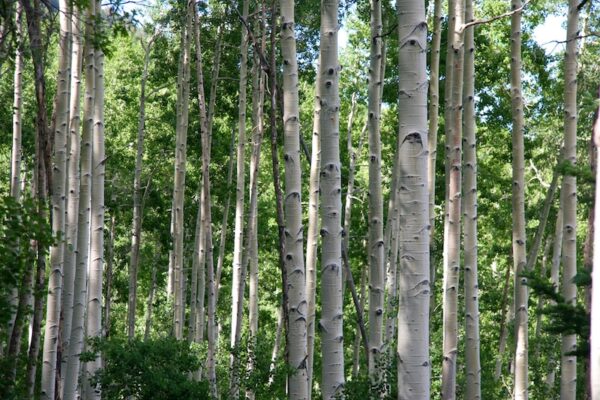
Aspen
Aspens are a true multi-purpose tree. “They’re great deer browse, and the thick groves are great cover,” said Duren.
The most unique quality of aspens is that they primarily regenerate from “root sprouts,” meaning new trees shoot out of existing root systems and form new tree trunks above the ground, effectively creating a clone.
The result of this self-propagation is thick stands of high-stem count pockets of quality bedding cover, and in the early years, reliable deer browse. To identify these trees, look for the iconic leaves which are short and almost silver-dollar shaped with a summertime color of bright green on top and duller teal on the bottom. The bark is usually a papery white with mottled black whorls.
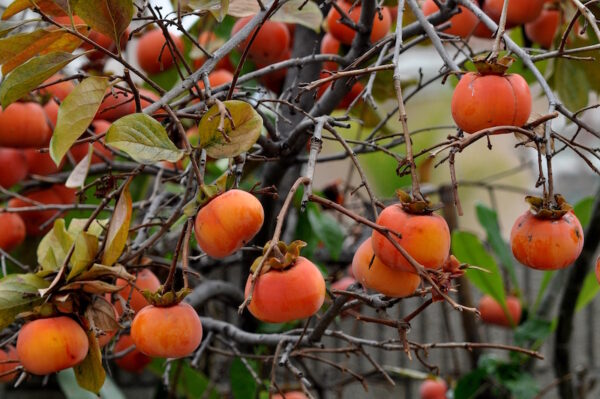
Persimmon
Persimmons are another soft mast producing “candy crop” tree, similar to apples. Found across the Midwest and Southeast, this tree produces a large orange colored fruit that’s highly attractive to deer. Similar to other mast producing trees, if you can find an isolated persimmon that’s currently dropping fruit, you can hunt it similar to a food plot. ID these in the spring or summer, prep a stand, and then maintain surveillance. When the ripe and juicy fruits start littering the ground, it’s time to hunt.
“The bark of a persimmon tree is usually rugged and divided into block shapes,” said Krick. “The leaves are usually two to five inches long and smooth. They’re darker green in the summer and change to a yellow, then red or purple in fall.”
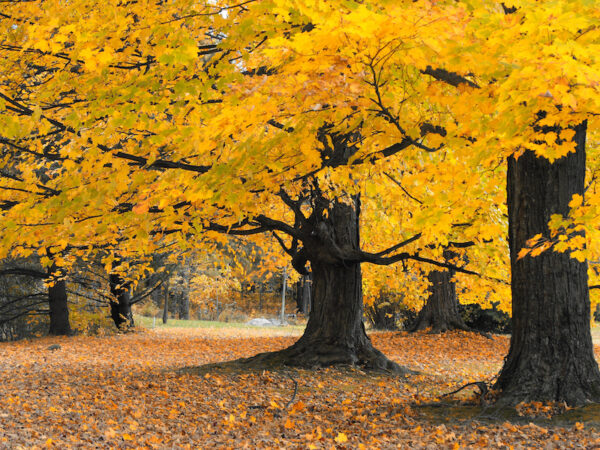
Maple
Dan Infalt of The Hunting Beast first clued me into the under-the-radar drawing power of maple leaves. It’s been his experience that, in the days immediately following leaf drop, areas of heavy maple tree cover will be flooded with feeding deer. But, if you manage land, you can get leaves on or near the ground in other ways, too.
“Deer eat the leaves, so it works best to hinge cut these trees so deer can reach the leaves,” said Krick. “You’ll also get new shoots from the trunk, too.”
The key-identifying feature on a maple tree is the iconic, five-pointed star leaf, as seen on the Canadian flag. But if no leaves are present, look for relatively smooth gray bark with vertical grooves.
Add one new scouting trip to your agenda this spring, but rather than focusing on typical deer sign, look for a few of these trees and use a phone app to check your work. Like anything else, this skill requires time to master, but it will be time well spent.






Conversation